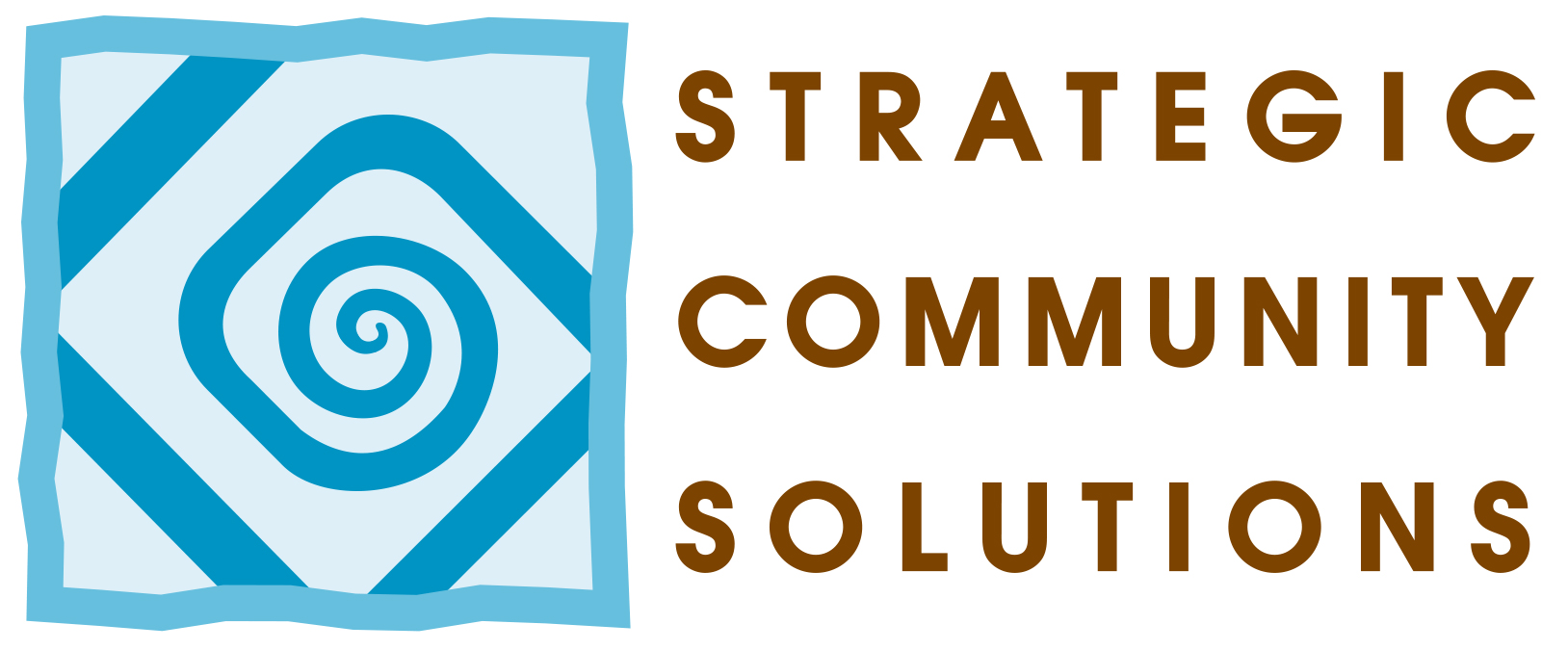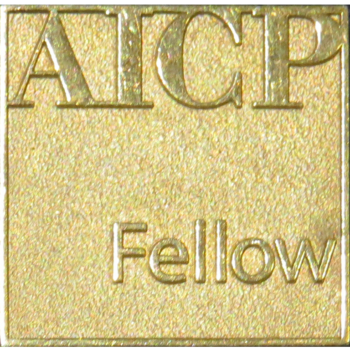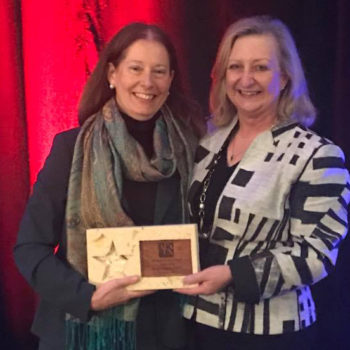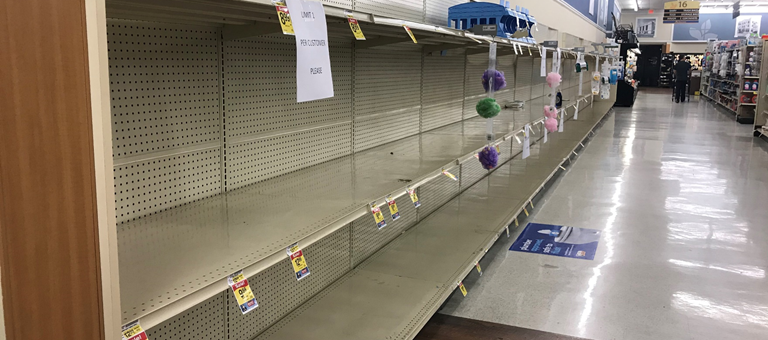
The Black Swan of 2020 – COVID-19 Disruption
- On March 26, 2020
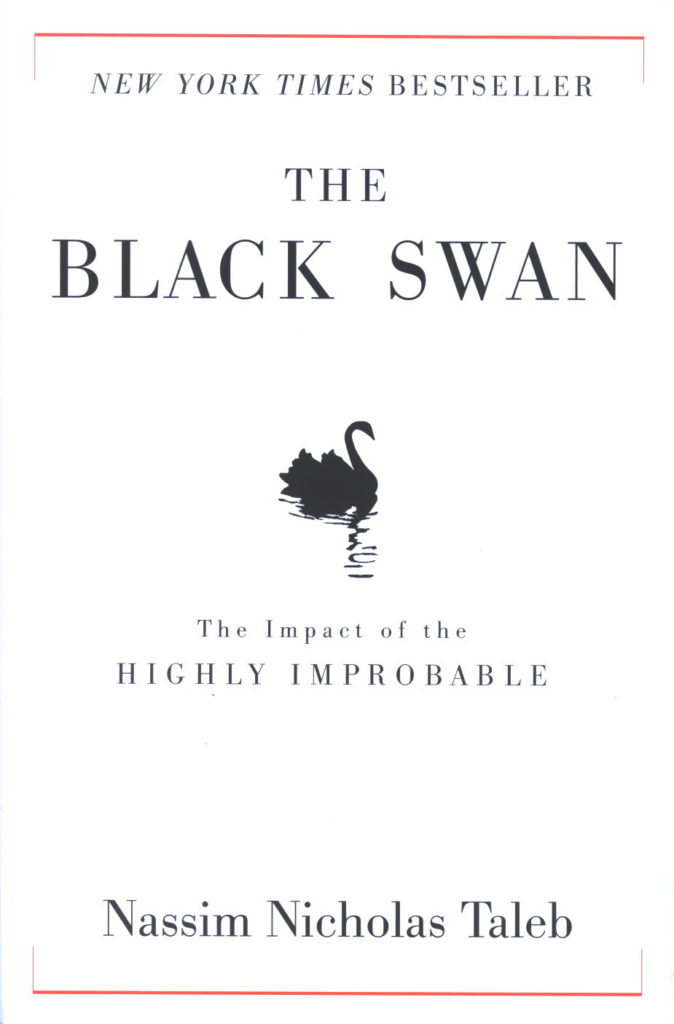
Many years ago, I did a strategic planning workshop for a City Council that included a book discussion of “The Black Swan: The Impact of the Highly Improbable” by Nassim Nicholas Taleb. The book’s title comes from the belief Europeans once held that swans were always white – that is, until explorers went to Australia and discovered black ones! Taleb defines a black swan as “a highly improbable event with three principal characteristics: it is unpredictable; it carries a massive impact, and, after the fact, we concoct an explanation that makes it appear less random, and more predictable, than it was.”
A rapidly-spreading new virus was predictable; we’ve seen H1N1, SARS, MERS and Ebola in this millennium. And it’s too early to tell what the explanations will be after the fact. But it’s certainly true that the disruptions caused by this coronavirus have dramatically changed daily life and business worldwide in completely unexpected ways, and at an unbelievable pace.
There will be lots of conversation about the way this experience will shift expectations about family, friends, community, environment, communication and connection. One way I intend to contribute is through articles in this space over the coming days, weeks and months.
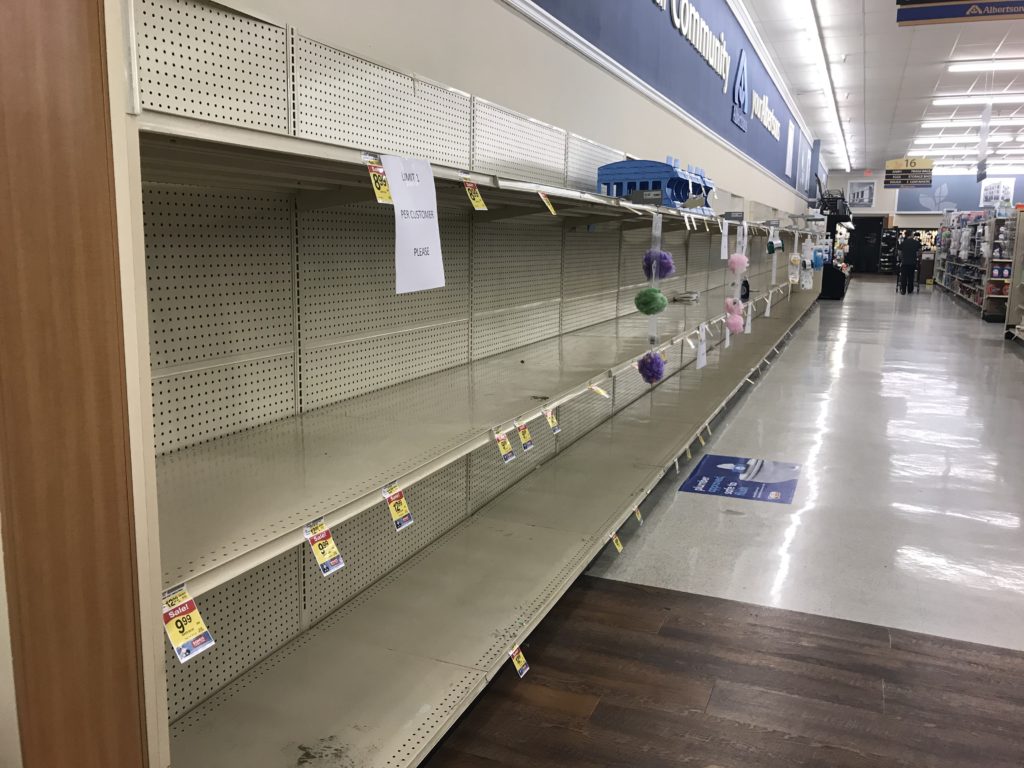
To begin my part of this conversation, I note the remarkable reality that this disruption, though clearly global in scope, is one that is absolutely local. The spread of the disease from one person to another, the test for infection and the treatment of people struggling with it are stories that play out in particular homes and communities.
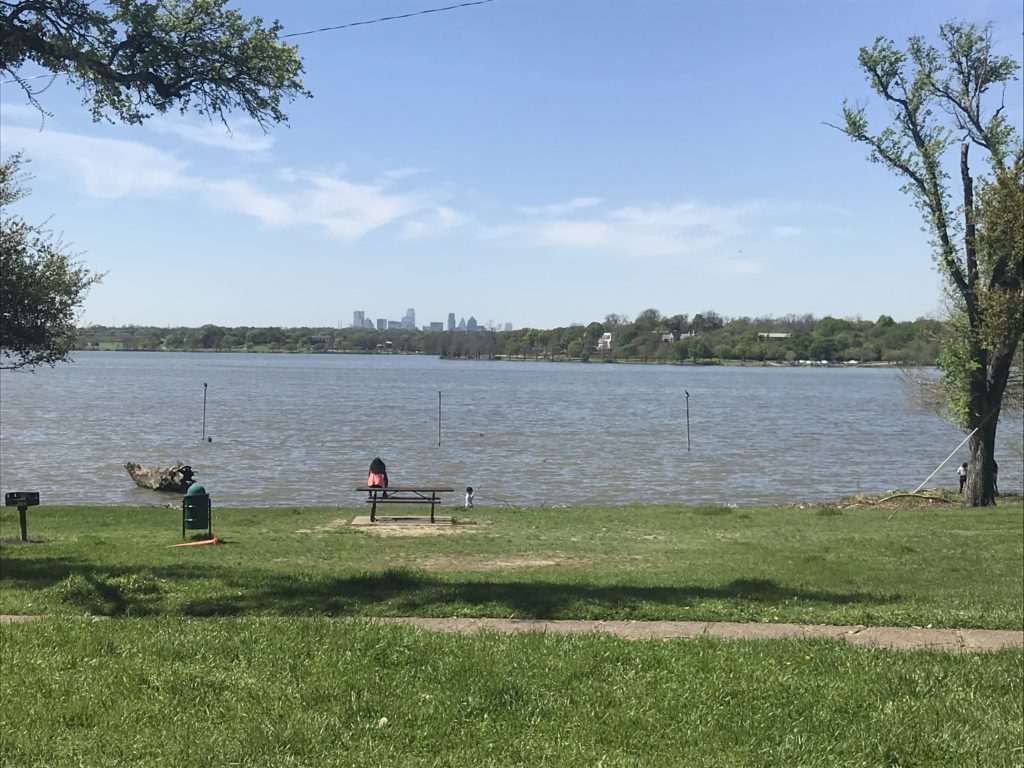
The impacts on daily life depend on the characteristics of individual neighborhoods, cities, cultures and societies before the arrival of the virus. The response is shaped by those characteristics, as well as by the resilience of each place and the people who live and work there. Even though aid and resources are provided nationally and internationally, their application is still local and their effective use is determined by the people and institutions on the ground.
I believe our choices now will affect the possibilities we have in the future for satisfying, healthy and sustainable lives and communities. As a planner, I intend to explore how we can use our local experiences and solutions to improve the global prospects for the environment, communities and partnerships. I look forward to our conversations on these important topics!
